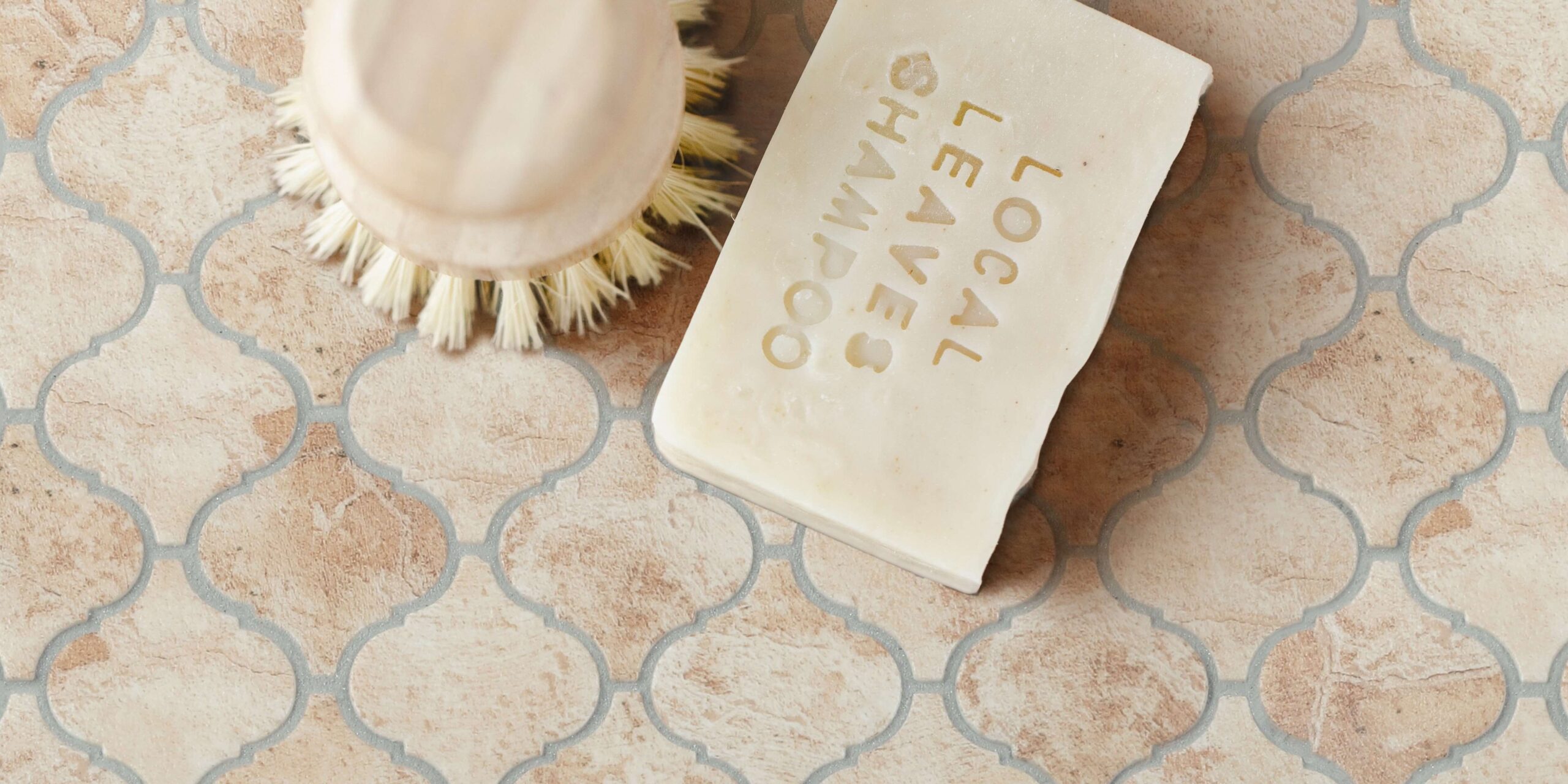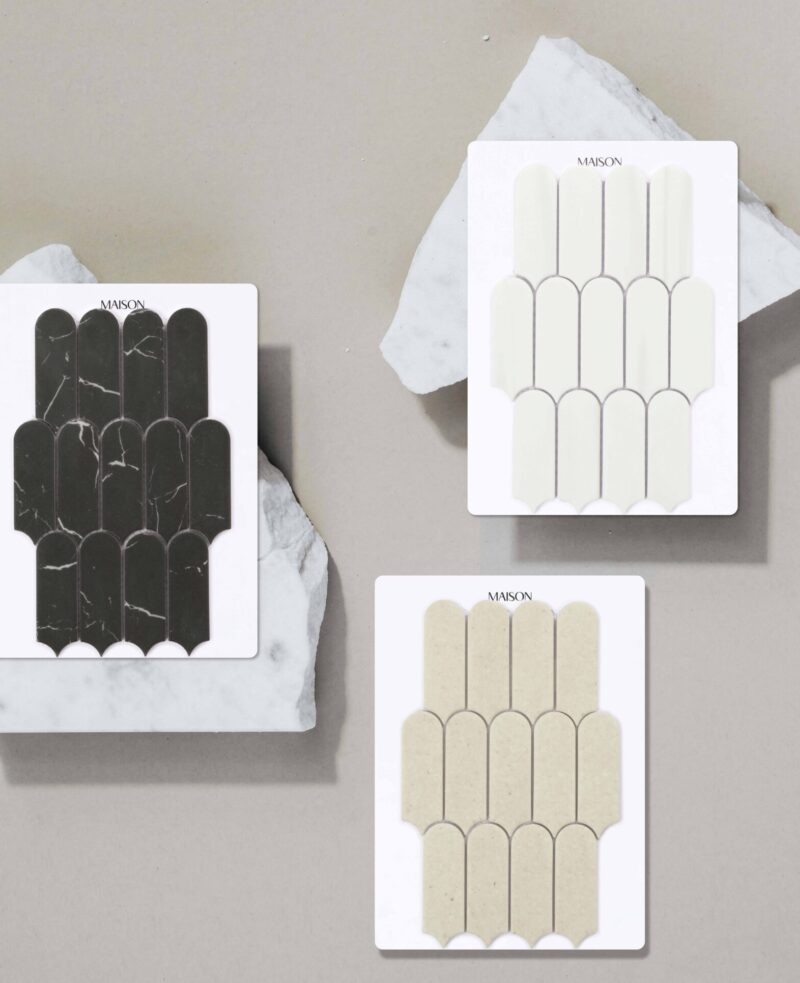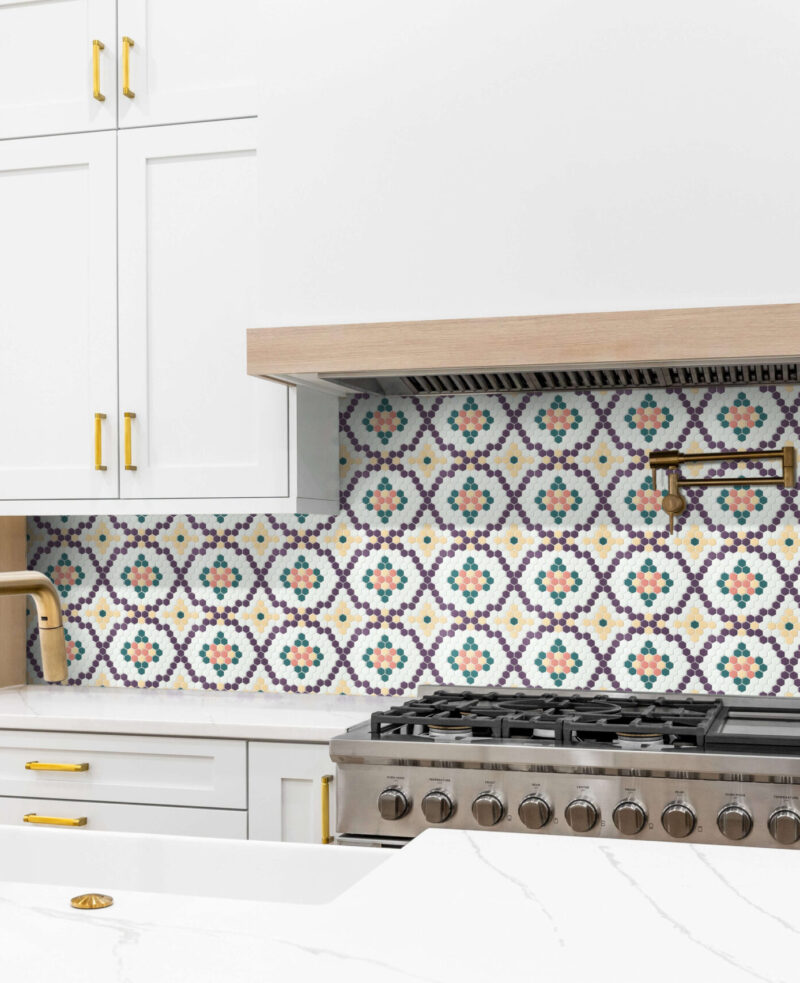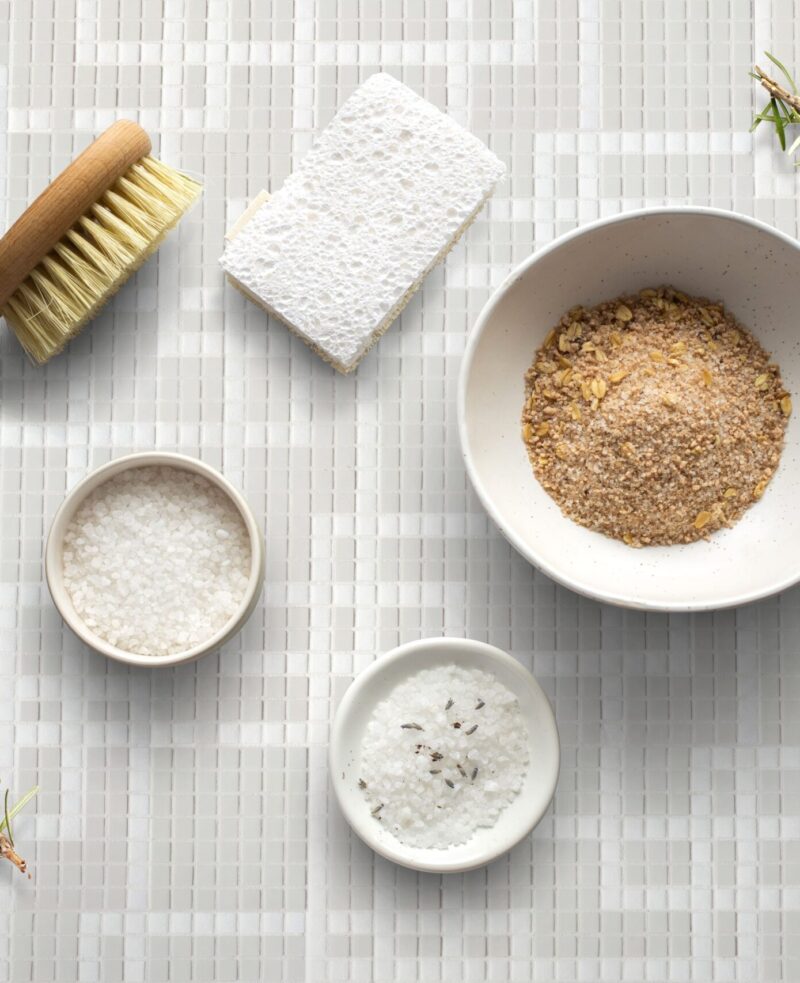
All Tile Grouts Are Not Created Equal
When selecting a grout, you obviously need to consider the style of the tile pattern and the color that will bring the project together. But while you’re looking at aesthetics, don’t forget to consider the grout quality itself! Today’s homeowners and tile installers are looking for a grout with the least amount of maintenance—preferably with a sealer built into it to avoid having to take that additional step.
One of the traditional distinctions you’ll see is between sanded and non-sanded grout. As the names imply, sanded grout has some grit to it, while unsanded grout does not. But making the correct choice is not just about the feel and texture: Sanded grout is the right move for wider grout joints, particularly floors, since it is more stable and resists cracking and shrinkage. Unsanded grout, which has a thinner consistency, is appropriate for joints that are an eighth of an inch or narrower. It’s ideal for soft, polished tiles such as marble and limestone (which can be scratched by sanded grouts) and for vertical surfaces like showers and backsplashes.

Recommended Grouts
New hybrids of sanded and non-sanded grout have arrived on the market and the Maison team has the expertise to guide you through the process of selecting which is right for your project.
Based on decades of experience in the field, we recommend Laticrete and Custom products for performance and ease of use. For example:
- Prism Ultimate Performance Grout from Custom has epoxy-like qualities for less maintenance.
- LATICRETE offers a wide variety of grout products, including epoxy grouts, one-step/premixed grouts, and cementitious grouts.
Need assistance choosing the right grout for a specific job? Contact the Maison technical team at support@maisonmosaics.com
Related Posts
Designer Card Box Sets – Style Tile & Basics
Design Inspiration Bring Maison’s 2024 Effect Recycled Gla
RESTORATION TILE CONVEYS COLOR-CONFIDENT NEW NOSTALGIA
The Maison Surface Restoration tile collection transports
RueBX Tile Is Where All Roads Lead
RueBX Tile Is Where All Roads Lead Maison Surface’s RueBX
 Call Toll Free: 1-833-ART-TILE
Call Toll Free: 1-833-ART-TILE




